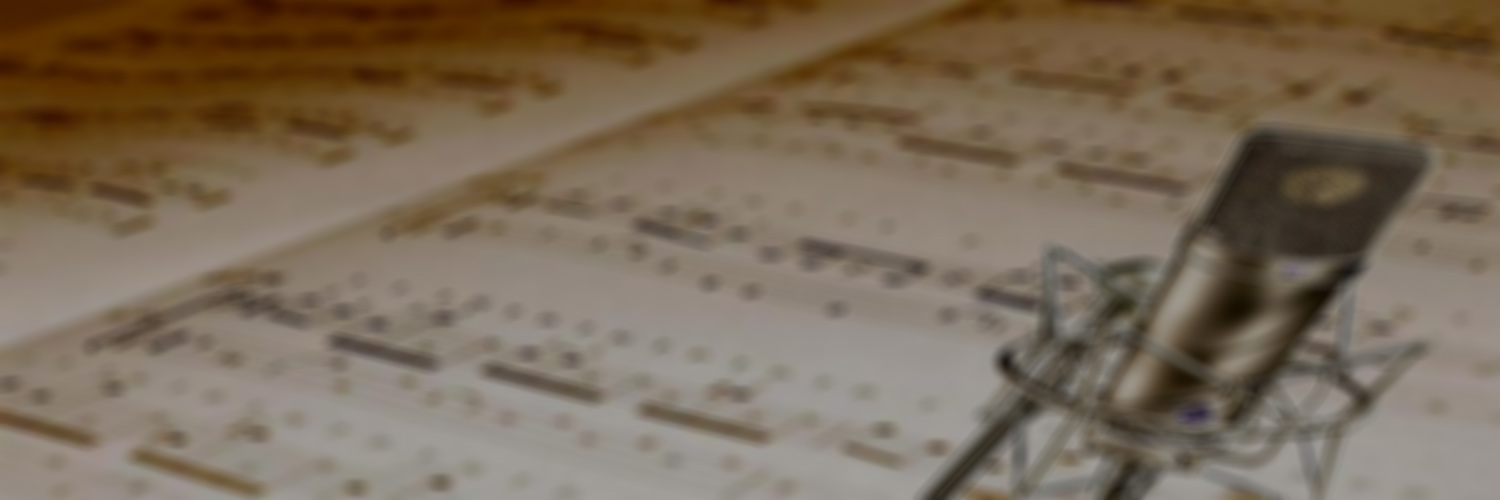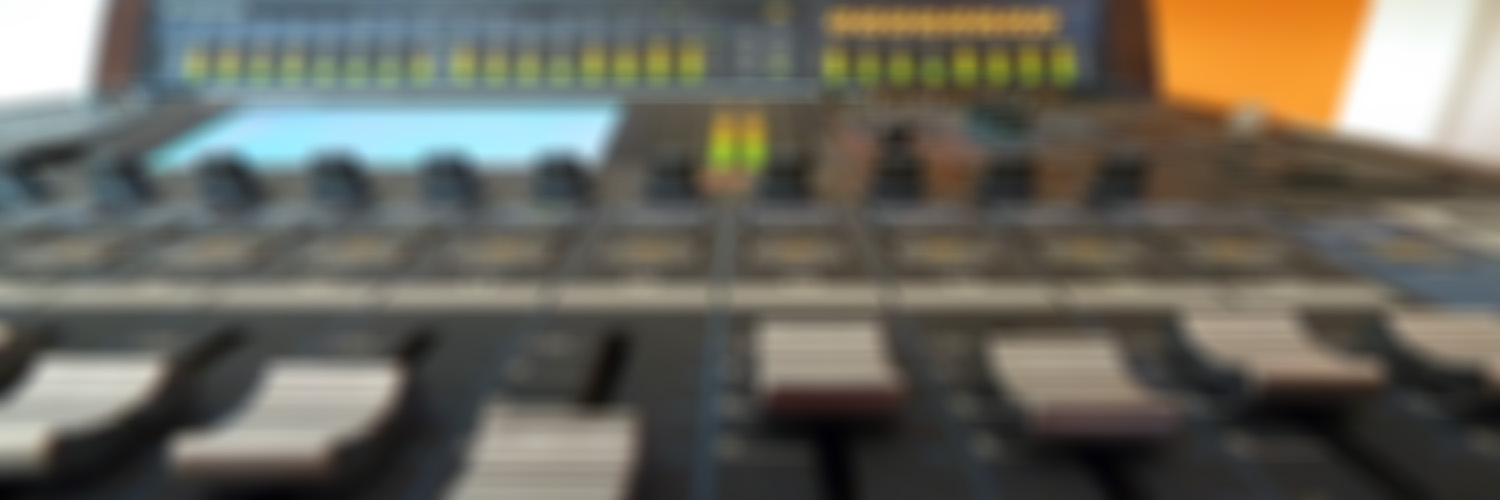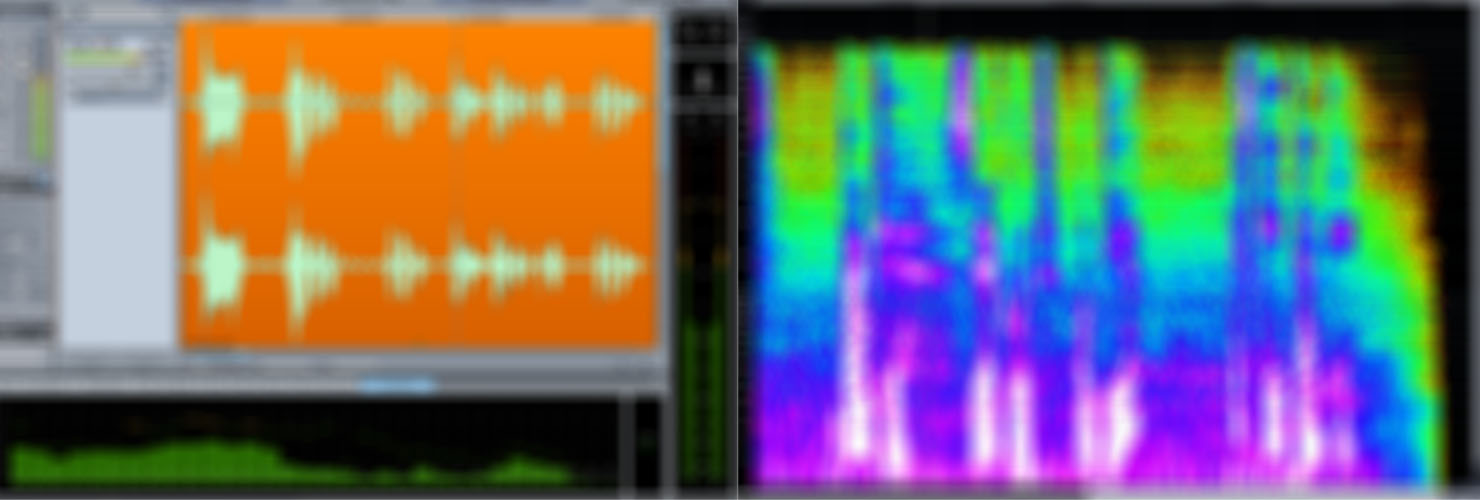



We record with soloists, choirs, orchestras, symphonic bands, chamber music groups, jazz groups and big bands.
In session productions (as opposed to live concert recordings) we rely on the experience of a music producer.
Understanding the possibilities in post-production, the music producer advises musicians which sections should be repeated to allow their correction or improvement in postproduction.
Using an audio and video intercom system there is relaxed and productive communication between the control room (usually a dressing room or the sacristy of a church) and the recording room (auditorium, church, etc..)
We are conscious of the complications of making a live recording with an audience: normally there is little time to rig the equipment, place the microphones and test if the position is correct. Audience noises should not cause a distraction when listening to the recording so we have to try to not pick them up with the microphones.
The placement of the microphones should address the lack of "visual hearing": we "hear" a considerable part of a concert with our eyes. For that reason the pure natural recordings with only two microphones rarely give satisfactory results since they lack spot microphones, which replace the function of the eyes in balancing or correcting intensity ratios and distance between different instruments.
It is very important that when positioning microphones you try to reduce the visual impact of the equipment, especially in concerts where video is also recorded.
We have specially designed mobile equipment for recording classical music and jazz.
This allows us to record in venues with excellent acoustics suited to the works and instruments and it can reduce travel for the musicians.
Although the whole ensemble or orchestra is playing together, each microphone is recorded on a separate track.
We also offer the possibility of making recordings to "playback" – meaning that the musician is already listening to the recorded tracks during the new recording.